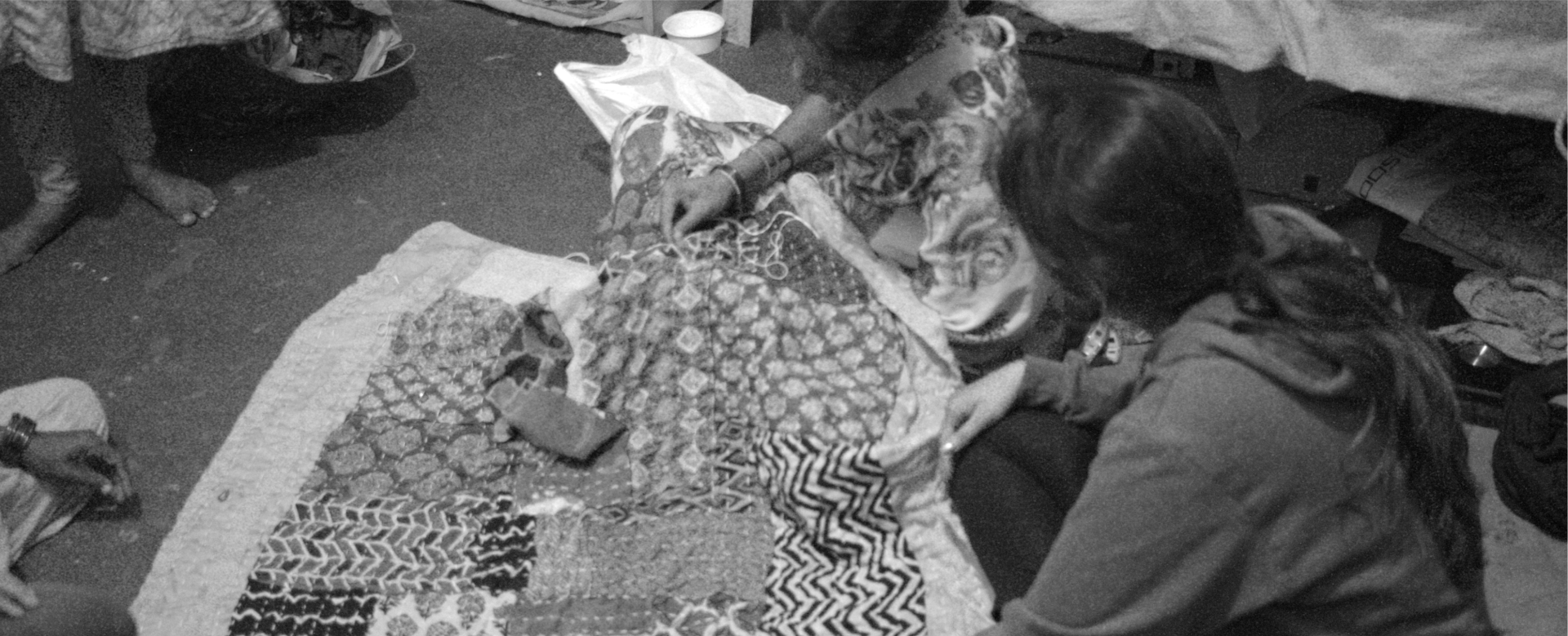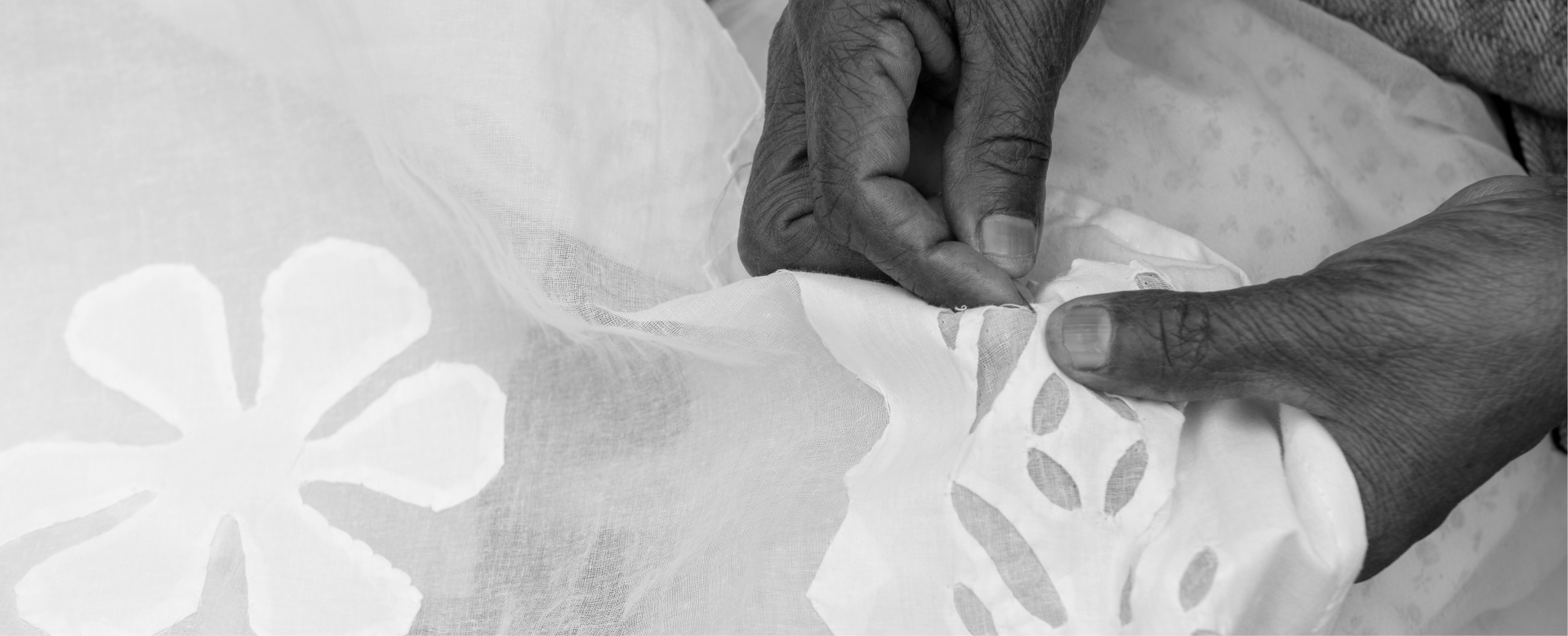
The UN Sustainable Development Goals for the Textile and Fashion Industry
The global fashion and textile industry today is responsible for an estimated 2-8 percent of the world’s greenhouse gas emissions. Contributing $2.4 trillion to global manufacturing, the industry consumes around 215 trillion liters of water per year and contributes to approximately 9 percent of microplastic release in the oceans. As far as global waste is concerned, around 85 percent of textiles are sent to landfills, which accounts for 21 billion tonnes a year. Apart from these environmental impacts, the textile industry employs almost 300 million people worldwide across their entire value chain out of which most are women. Thus, the industry is closely connected to labor, poverty, and gender issues.
To analyze and work on the sustainable development of the planet, the UN organized the Rio+20, the United Nations Conference on Sustainable Development in Rio de Janeiro in June 2012. The objective of the summit was to analyze the progress made since the last summit in 1992 and to announce the replacement of Millennium Goals with Sustainable Development Goals (SDGs), starting in 2015. The UN introduced a set of 17 goals, also known as Global Goals for both developing and developed countries to address planet-sensitive and people-entered issues. The 17 SDGs comprise No Poverty, Zero Hunger, Good Health and Well-Being, Quality Education, Gender Equality, Clean Water and Sanitisation, Affordable and Clean Energy, Decent Work and Economic Growth, Industry, Innovation and Infrastructure, Reduced Inequalities, Sustainable Cities and Communities, Responsible Consumption and Production, Climate Action, Life Below Water, Life on land, Peace, Justice and Strong Institutions, and Partnerships for the Goals. The 17 goals include 169 targets and aim to end poverty, protect the planet and ensure prosperity for all.
Having these destructive numbers of the impact that the fashion industry is making on the planet, it is evident that the development of the fashion industry contributes to the achievement of the UN’s SDGs in a significant amount. Out of the 17 SDGs, the one goal that resonates the most with the fashion industry is the 12th SDG – Responsible Consumption and Production. Our unsustainable patterns of consumption and production are the root cause of triple planetary crises including climate change, biodiversity loss, and pollution. Structured over 8 targets, the 12th SDG addresses the responsible use of natural resources, chemical waste, and fossil fuels and the integration of sustainable practices into garment production cycles. The fashion industry must take a step back from the oversupply of clothing, and rethink and redesign its current operating systems. But achieving this goal isn’t just the producer’s responsibility. Demanding less and mindfully consuming fashion products for a long period of time can help in preventing negative impacts. This goal aims to separate the idea of economic growth from the destruction of the environment and increase the efficiency of resources. This helps to promote a sustainable lifestyle and will help speed up the transition to economies with low carbon emissions, or green economies with net zero carbon emissions.
Apart from this, the global fashion industry also contributes to other SDGs massively because of its immense strain on the environment and the people of this planet. Other SDGs include #1 Eradicating Poverty, #3 Good Health & Well-Being, #5 Gender Equality, #6 Clean Water and Sanitisation, #8 Decent Work and Economic Growth, #13 Climate Action, #14 Life Below Water, #15 Life On Land are the checkpoints for the fashion industry. The lifestyles of millions of people working in the fashion industry are entirely dependent on the salaries they are paid. Statistics reveal that the average global garment worker’s pay is 45% less than the standard living wage of any country. Hence, the fashion industry needs to play a significant role in improving the economic livelihoods of the people it supports by paying fair wages and eradicating poverty. Since the majority of global garment production takes place in developing countries of the world by employing millions of people, health and safety concerns of the people also become a great issue. The producers must strictly adhere to ensure indiscriminate and safe working conditions for all the people involved in the supply chain. It is essential to regulate respectful working conditions with rules that cohere with universal human rights. The majority of people working in the fashion industry are female, this tends to be in junior roles, while the larger stakeholders and decision-makers are men. These gender-unequal roles have become a rising concern that needs to be addressed by ensuring that men and women both get equal and fair opportunities at all levels of operations.
Relating to the environmental concerns of the fashion industry, it has been highlighted enormously that pollution, biodiversity loss, and climate change are a result of the misuse and mishandling of natural resources by the industry. The fashion industry’s impact on water is serious- from heavy processes of dyeing to chemical treatments of fabrics, each step of manufacturing contaminates the water bodies to an extent that it is anticipated that the conditions are only going to worsen in the coming years. In addition to that, textiles have a huge impact on life below water. A million tonnes of microplastics are shed into the oceans which ultimately affects the entire ecosystem. Manufacturers, consumers, and the government together must act on this issue by tracking water consumption, energy, and chemical usage during the process, the release of contaminated water into the water bodies, and strict management of the water resources. Right environmental regulations, certifications, and innovative solutions and frameworks can also make the situation better. Not just water, the polluting industry is intensifying life on land too. Cotton, the most common fiber used in the industry, has exhausted the soil quality with harmful insecticides and pesticides which leads to deforestation and wildlife habitat loss. Initiatives for the controlled use of chemicals, newer solutions, and alternatives to fibers are much needed in the industry. To add more to the fuel, statistics show that the fashion industry accounts for 8.1% of the total GHG emissions and if no changes are made, by 2050, 25% of the world’s carbon budget will be taken up by the fashion industry alone.
The global textile industry is predicted to grow tremendously in the upcoming years and looking at the consumption patterns of the world, it is anticipated that the industry will require three times the natural resources it is using now. To improve the circumstances, government bodies and manufacturers have taken up steps to improvise but more combined efforts from the citizens of the world are required to see substantial changes.
1. https://unfashionalliance.org
2. https://sdgs.un.org/goals
3. https://fashinnovation.nyc/sustainable-development-goals-how-can-the-fashion-industry-support-it/
4. https://www.businessoffashion.com/news/sustainability/garment-worker-pay-at-45-gap-from-living-wage-report-finds/
5. https://fashiontakesaction.com/sdgs/
6. https://fashiontakesaction.com/facts/




Leave a Reply